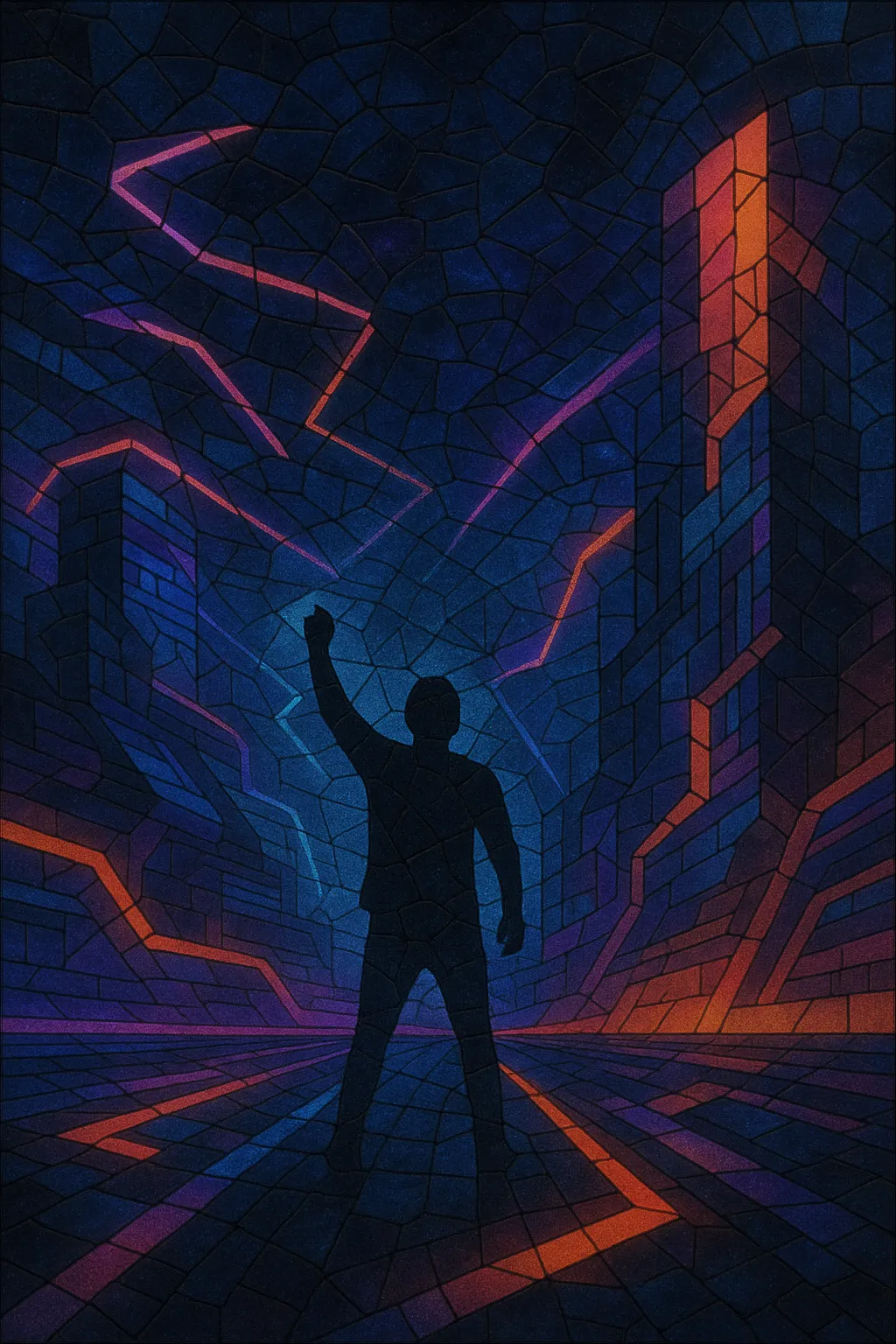Future rave is an electronic dance music style popularized by David Guetta and MORTEN that fuses the dark, muscular drive of techno with the euphoric tension-and-release of trance and the festival scale of big room house.
It typically sits around 126–130 BPM, uses minor-key progressions, saturated supersaw leads, reese/rolling basslines, chunky offbeat stabs, and cinematic build-ups. The sonic palette favors gritty, modern sound design (distorted yet controlled), 909/modern drum kits, and atmospheric FX that enhance a nocturnal, high-stakes mood.
Unlike brighter, pop-facing EDM, future rave keeps a moody, industrial sheen while still delivering emotional, hands-in-the-air breakdowns and anthemic toplines.
David Guetta and Danish producer MORTEN began experimenting with a darker, more driving festival sound in 2019, blending techno’s pummeling groove with trance-style euphoria and big room house structures. Early singles and edits road-tested at large events and in livestreams during the pandemic crystallized the aesthetic and the "Future Rave" moniker stuck.
Through a run of collaborative singles, remixes, and branded "Future Rave" sets, Guetta & MORTEN codified the formula: mid-to-upper 120s BPM, gritty rolling basslines, saturated supersaws, dramatic breakdowns, and tension-heavy builds. The sound quickly propagated across festival main stages and radio-friendly EDM, with marquee DJs adopting elements in their sets and releases.
As the style spread, producers from big room, progressive house, and trance folded future rave motifs into their own work, while some labels and playlists carved out dedicated spaces for the sound. The genre helped re-inject a techno-influenced, nocturnal mood into mainstream EDM without sacrificing stadium-scale hooks, influencing pop-leaning dance tracks and pushing mainstage sets toward darker, more driving textures.


